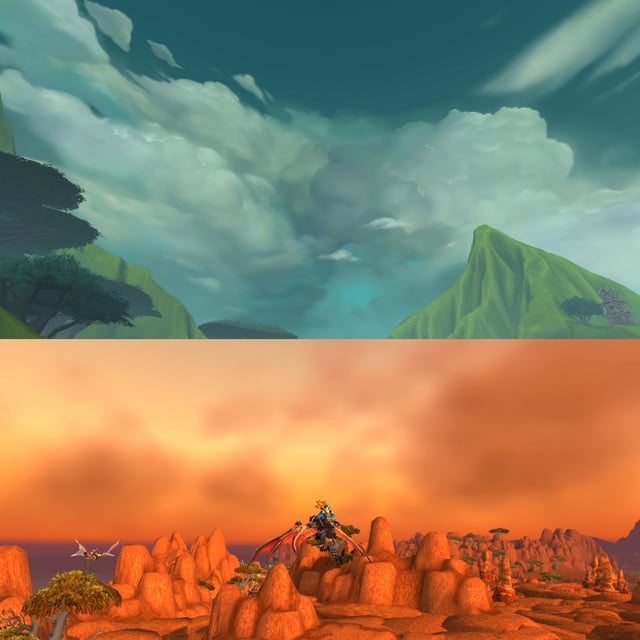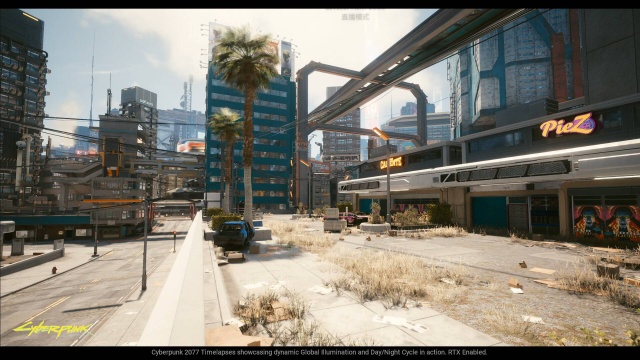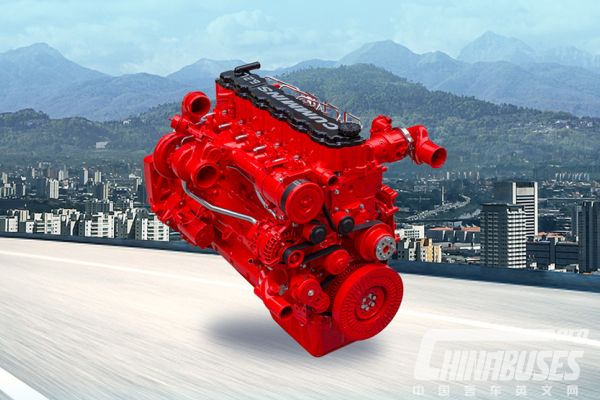CD Projekt Red's Engine Shift: A Cyberpunk Legacy on Unreal The gaming world was understandably surprised when CD Projekt Red (CDPR) announced that The Witcher 4 (Project Polaris) and all future games would be built on Unreal Engine 5, abandoning their in-house REDengine.

The gaming world was understandably surprised when CD Projekt Red (CDPR) announced that The Witcher 4 (Project Polaris) and all future games would be built on Unreal Engine 5, abandoning their in-house REDengine. As a former senior engine programmer at CDPR, someone who wrestled with REDengine's intricacies during the tumultuous development of Cyberpunk 2077, I have a somewhat unique perspective on this decision. I left CDPR six months after Cyberpunk's release, admittedly disillusioned by the technical compromises and the, shall we say, intense development culture. Now, as a consultant specializing in engine transitions, I find myself analyzing this move with both professional curiosity and a touch of personal reflection. Is it a smart move, or a risky gamble? Let's delve in.
The Allure of Unreal Engine 5: A Programmer's Perspective
Unreal Engine 5 is, undeniably, a powerful piece of technology. Epic Games has invested heavily in features that address some of the most persistent challenges in AAA game development. For CDPR, the key attractions are likely Lumen, Nanite, and Niagara. Each offers potential solutions to problems we grappled with on REDengine, particularly during Cyberpunk 2077's development.
Lumen Global Illumination: A Farewell to Baked Lighting?
One of the most significant visual compromises in Cyberpunk 2077 was the reliance on baked lighting. We initially aimed for a fully dynamic, ray-traced lighting solution, but performance limitations, especially on consoles, forced us to bake much of the global illumination. This led to a static world, where lighting changes were limited and dynamic light sources often felt underwhelming. Lumen promises a real-time global illumination solution that could dramatically improve the visual fidelity of future CDPR games.
Theoretically, Lumen could provide the rich, dynamic lighting that Cyberpunk 2077 lacked, especially in its console versions. Imagine Night City with truly reactive lighting, where neon signs cast accurate reflections and shadows shift dynamically with the time of day. The question, of course, is whether Lumen can deliver on its promise without crippling performance. Ray tracing was a resource hog on REDengine, and while Lumen is designed to be more efficient, achieving a stable frame rate in a sprawling open-world game will still be a significant challenge.

Nanite Virtualized Geometry: Detail Without the Drawbacks?
Nanite is another potentially game-changing feature. The ability to import film-quality assets directly into the engine, without the need for extensive optimization, could revolutionize CDPR's asset creation workflow. In Cyberpunk 2077, we spent countless hours optimizing meshes, reducing polygon counts, and creating LODs (Levels of Detail) to maintain performance. Nanite promises to eliminate much of this tedious work, allowing artists to focus on creating more detailed and complex environments.
However, Nanite also raises questions about CDPR's distinct visual style. The studio has always prided itself on its handcrafted environments, with carefully placed assets and a keen attention to detail. Will Nanite's ease of use lead to a more generic, less personalized aesthetic? Will level designers have to make compromises in terms of scale or level detail that affect the world itself? The potential is there for richer, more detailed worlds, but it hinges on whether CDPR can maintain its artistic identity while embracing this new technology.

Niagara VFX: Breathing Life into the World
Cyberpunk 2077's atmosphere was often criticized for feeling static and lifeless. While the city was visually impressive, it lacked the kind of dynamic weather effects and environmental details that could have truly brought it to life. Niagara offers a powerful particle system that could address these criticisms. Imagine rainstorms that realistically drench the streets, dust devils swirling through the Badlands, or dense fog rolling in from the coast.
Niagara could be instrumental in creating a more immersive and believable world in future CDPR games, including The Witcher 4. The ability to create complex and dynamic visual effects could significantly enhance the game's atmosphere and make it feel more alive.

The Perils of Porting: A Technical Minefield
While Unreal Engine 5 offers numerous advantages, the transition from REDengine will not be seamless. Porting existing assets – character models, environments, animation data – is a monumental task. REDengine and Unreal Engine 5 use fundamentally different data structures and workflows. This means that assets will need to be rebuilt, re-textured, and re-animated to function correctly in the new engine.
The potential for fidelity loss during this process is significant. Details could be lost, textures could appear different, and animations could become distorted. CDPR will need to invest significant time and resources to ensure that its assets are faithfully translated to Unreal Engine 5. Artistic compromises may also be necessary, as certain visual styles or techniques that were possible in REDengine may not be easily replicated in Unreal.

A Creative Crossroads: Streamlining or Selling Out?
Perhaps the most significant question is whether this engine shift signals a broader shift in CDPR's design philosophy. Is the studio potentially streamlining its approach, sacrificing its unique identity for increased efficiency and accessibility? REDengine, for all its flaws, was a bespoke engine tailored to CDPR's specific needs and creative vision. It allowed the studio to create games that looked and felt unlike anything else on the market.
By switching to Unreal Engine 5, CDPR is arguably embracing a more standardized approach to game development. This could lead to faster development times, lower costs, and a more stable and reliable engine. However, it could also result in games that feel less distinctive and more generic. The risk is that CDPR could lose its edge, becoming just another AAA studio churning out visually impressive but ultimately forgettable games.

The Verdict: A Calculated Risk
So, is this engine shift a smart move for CDPR? Or a risky gamble? The answer, as always, is complex. Unreal Engine 5 offers undeniable benefits in terms of visual fidelity, asset creation, and development efficiency. These advantages could be crucial for CDPR as it seeks to rebuild its reputation and deliver high-quality games on a more consistent basis.
However, the transition also poses significant challenges. Porting existing assets will be a major undertaking, and the studio will need to be vigilant in preserving its unique artistic identity. The biggest risk is that CDPR could become too reliant on Unreal Engine 5's features, sacrificing its creative vision for the sake of convenience. Ultimately, the success of this engine shift will depend on CDPR's ability to strike a balance between embracing new technology and staying true to its roots. Only time will tell if they can pull it off. For now, I remain cautiously optimistic, but with a healthy dose of cynicism born from experience.
